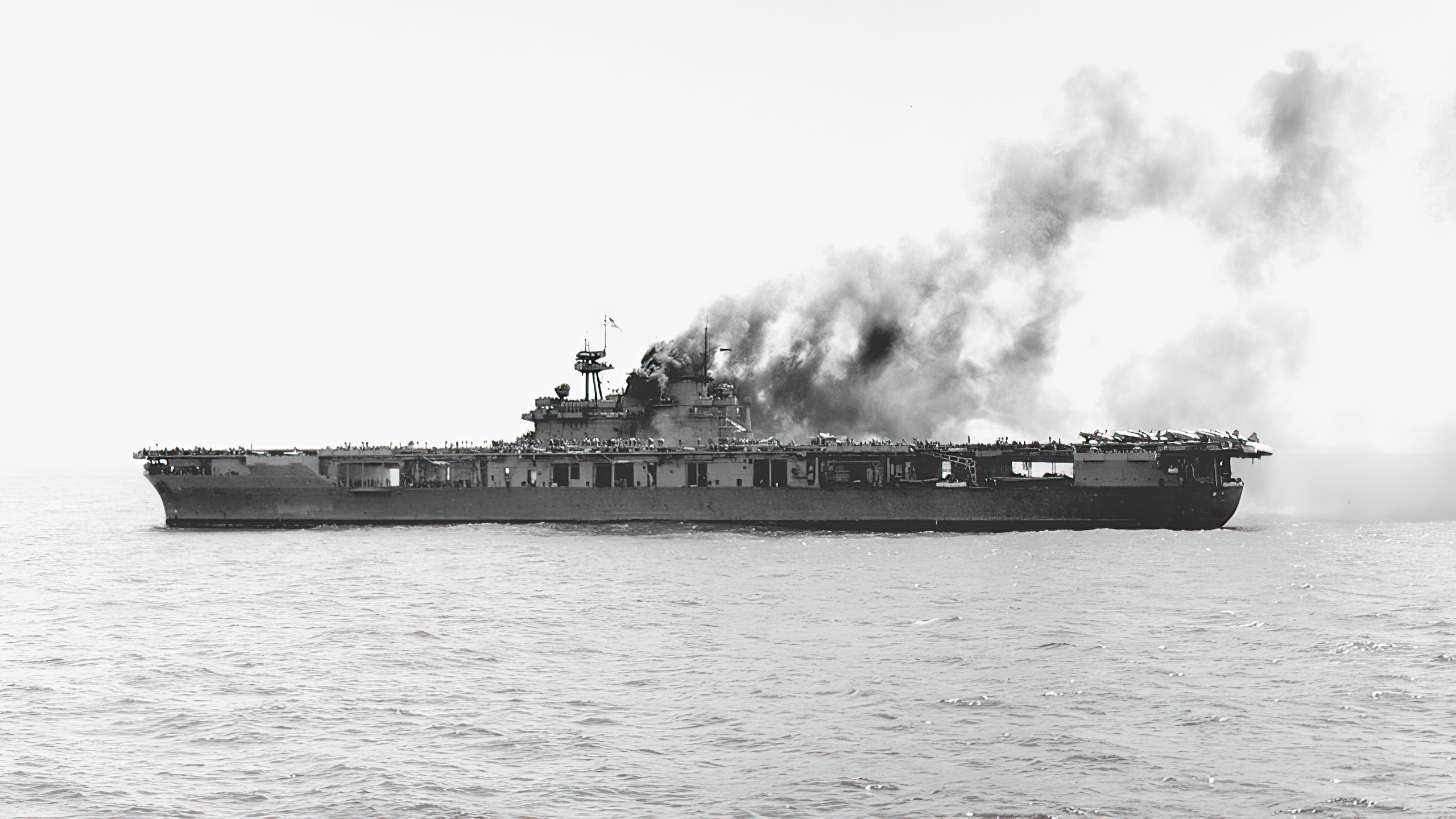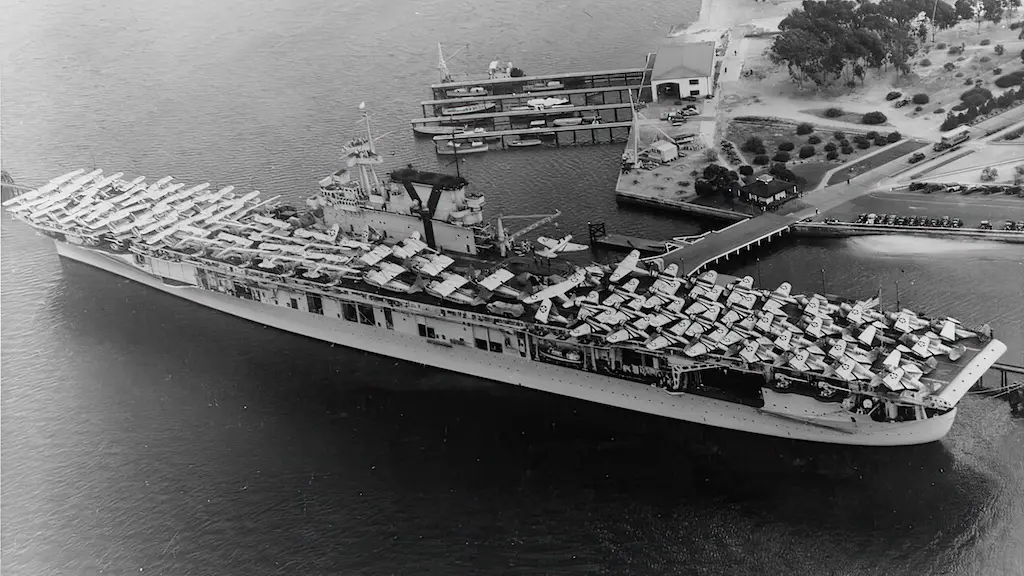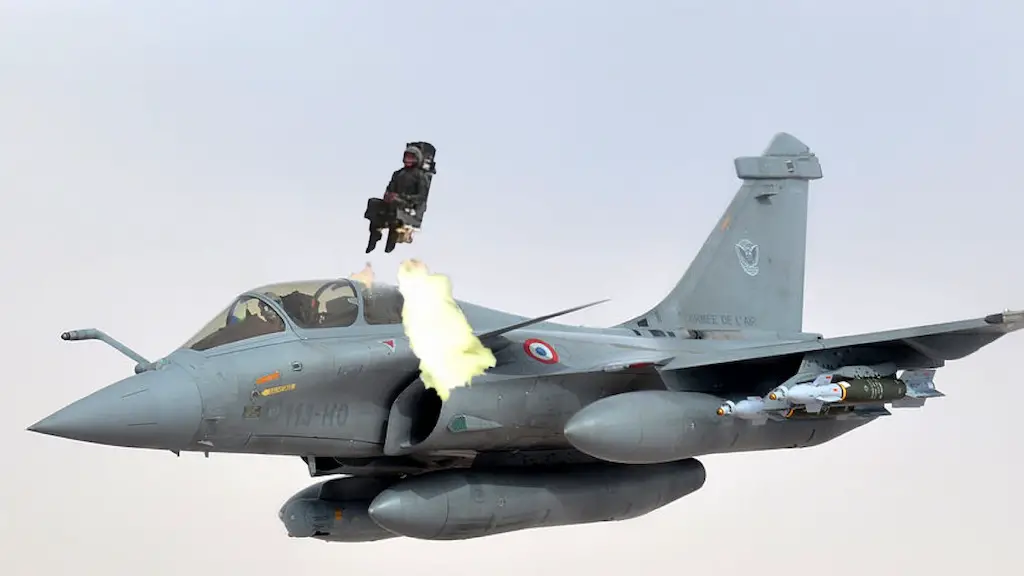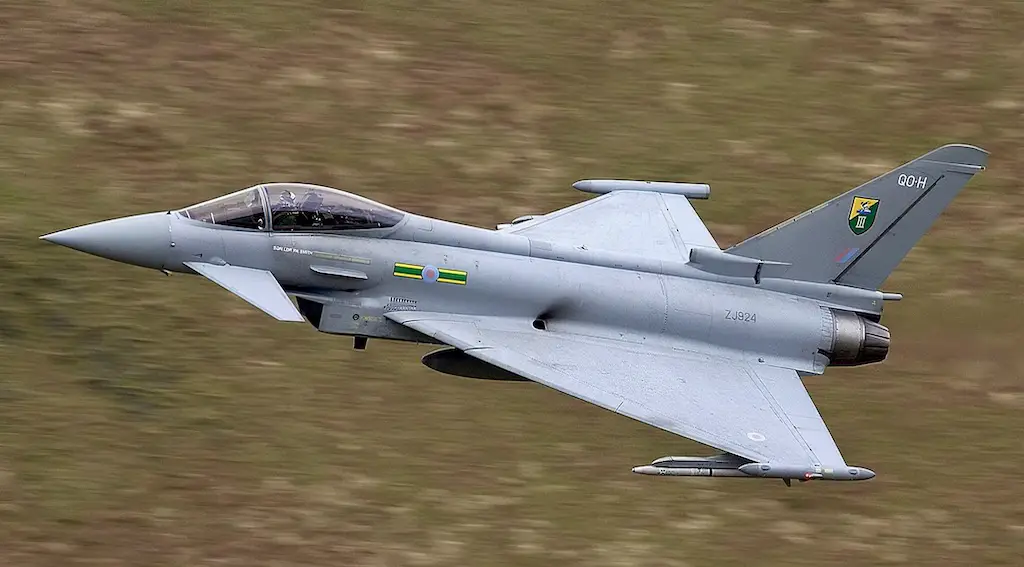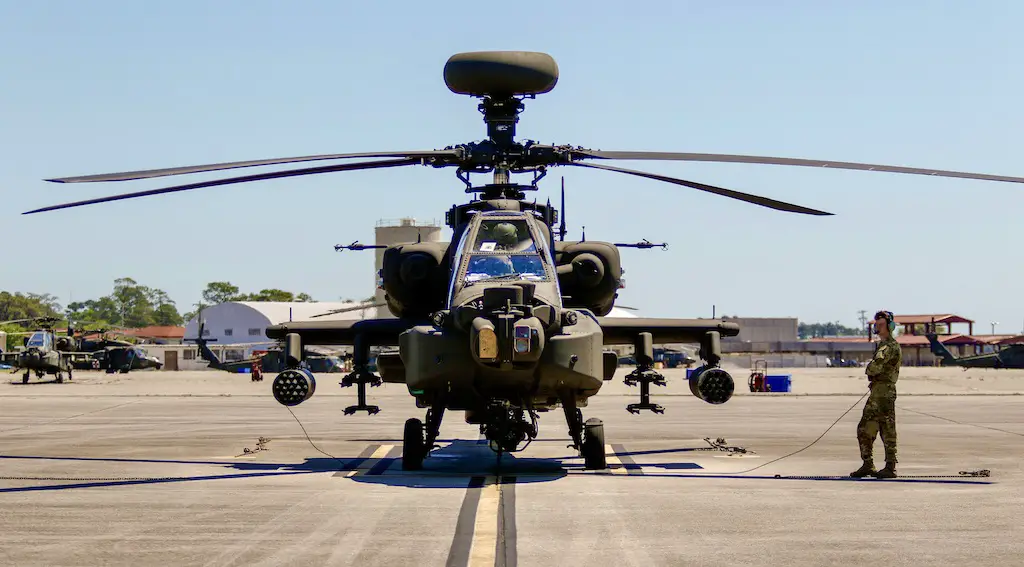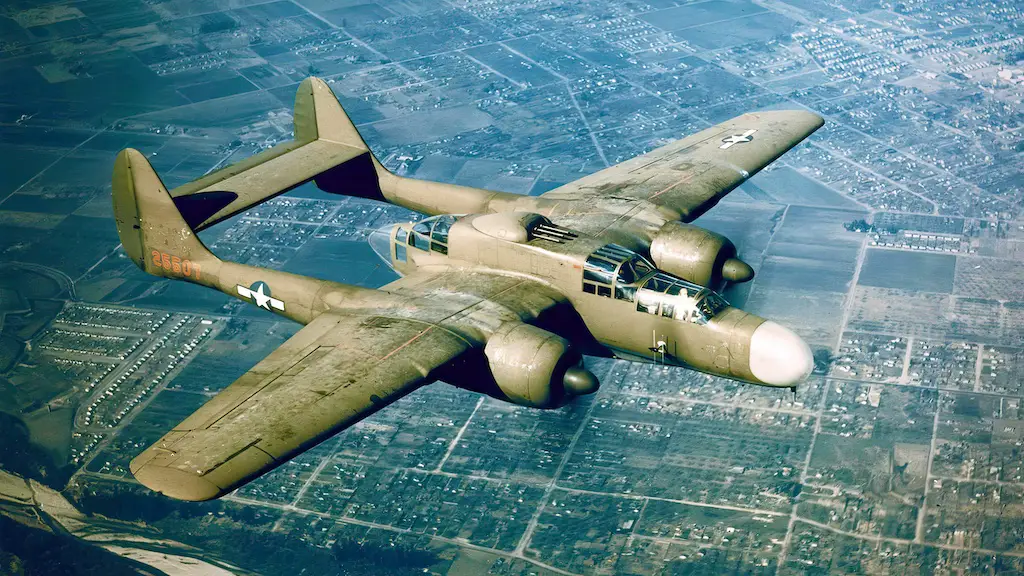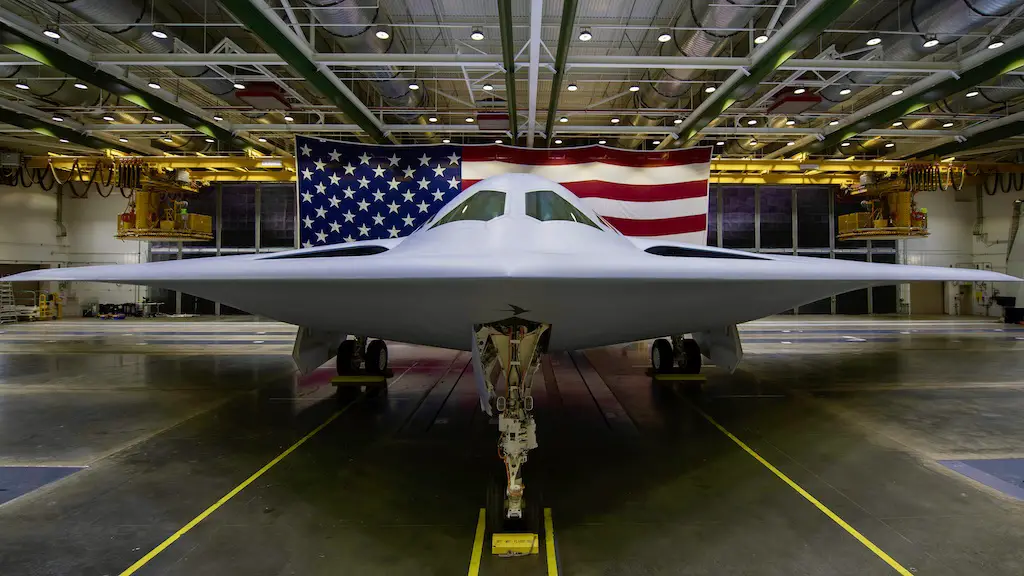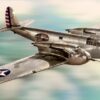The Birth of a Legend
The 1930s marked a revolutionary era in naval aviation. Post World War I, the US Navy diligently crafted designs for aircraft carriers. They initiated with the USS Langley, a simplistic converted collier, followed by bigger vessels like USS Lexington and USS Saratoga. But the real evolution occurred when the first large, purpose-built carrier was conceptualized.
Laid down at Newport News Shipbuilding & Drydock Company in 1934, the USS Yorktown emerged as the lead ship of this new class. Sponsored by First Lady Eleanor Roosevelt, the massive vessel kissed the waters for the first time in 1936. A year later, under Captain Ernest D. McWhorter, Yorktown was all set to write history.
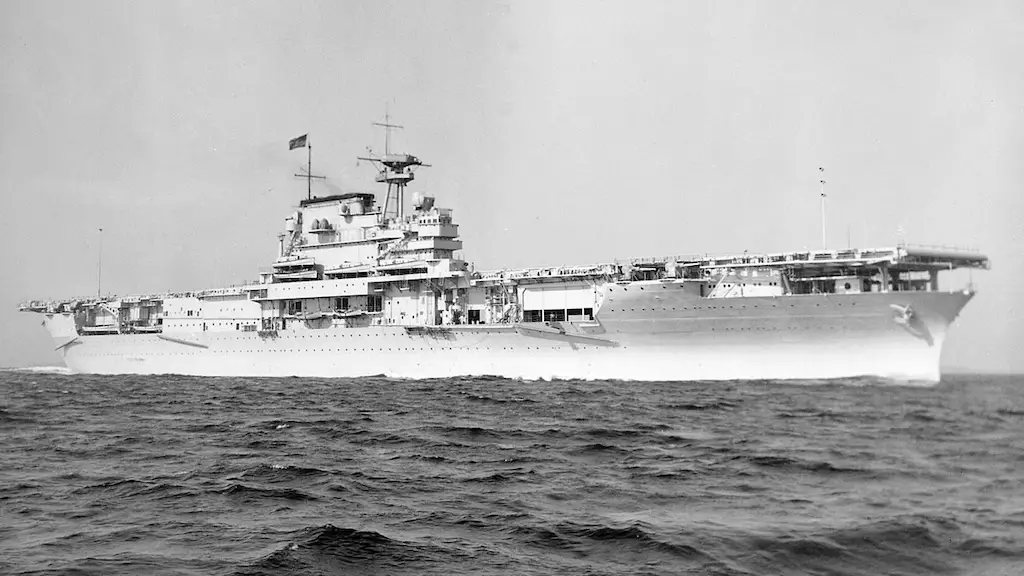
Venturing into the Seas
Post its commissioning in 1937, Yorktown immediately embarked on its maiden voyage. The Caribbean waters beckoned, and the ship journeyed through Puerto Rico, Haiti, Cuba, and Panama. While the ship experienced some issues during this voyage, it wasn’t long before it found itself as the flagship of Carrier Division 2, partaking in war games simulating attacks on the US East Coast.
By April 1939, the Pacific’s allure proved too strong, and Yorktown found itself based out of San Diego, CA. Here, it engaged in numerous exercises, including Fleet Problem XXI, a crucial simulation around Hawaii.
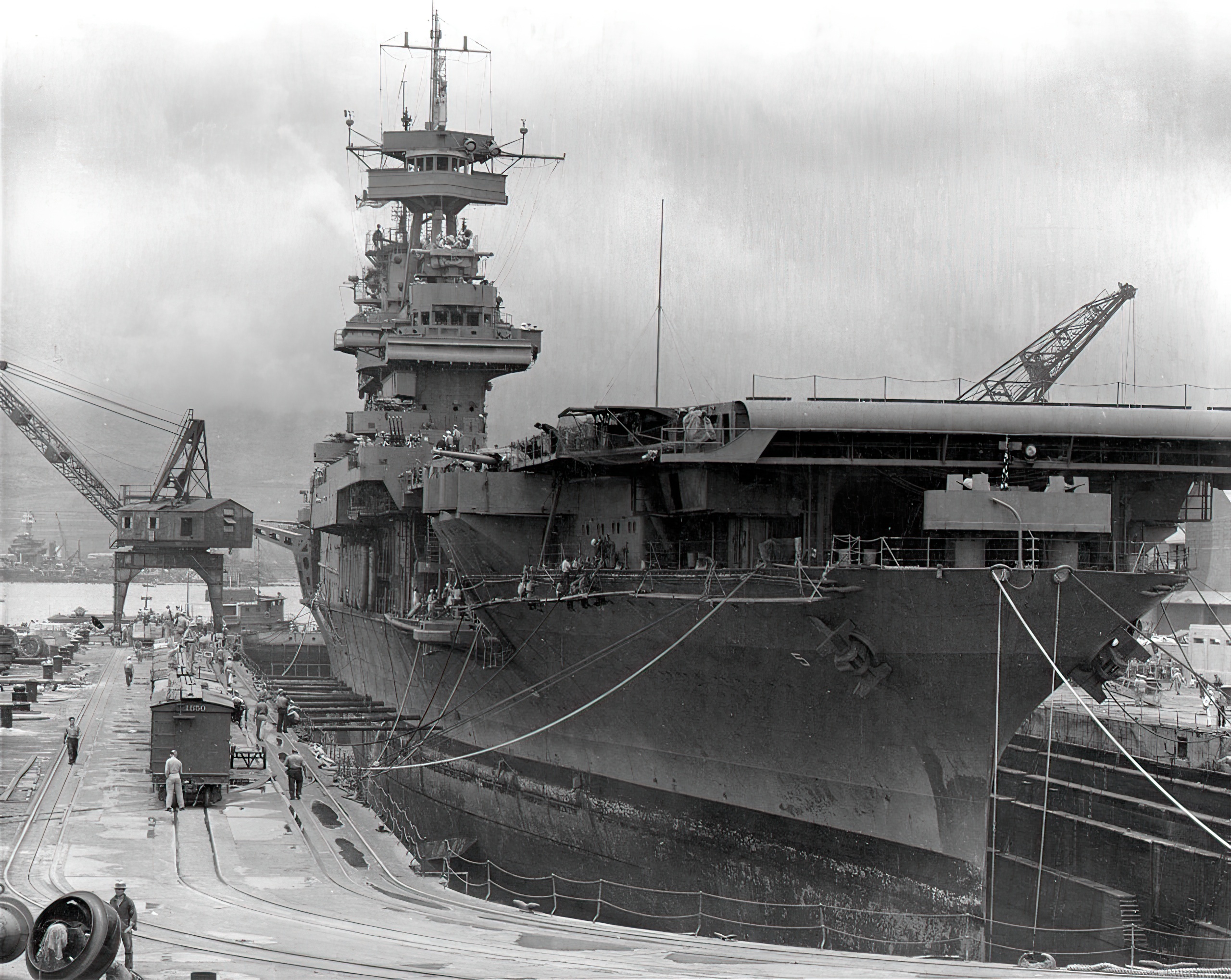
A Transoceanic Calling
As the 1940s rolled in, so did the war clouds over Europe. With the Battle of the Atlantic escalating, Yorktown was summoned back to the Atlantic Fleet. Amidst enforcing American neutrality, the crew at Norfolk found themselves processing the shocking news of the Japanese attack on Pearl Harbor in December 1941.
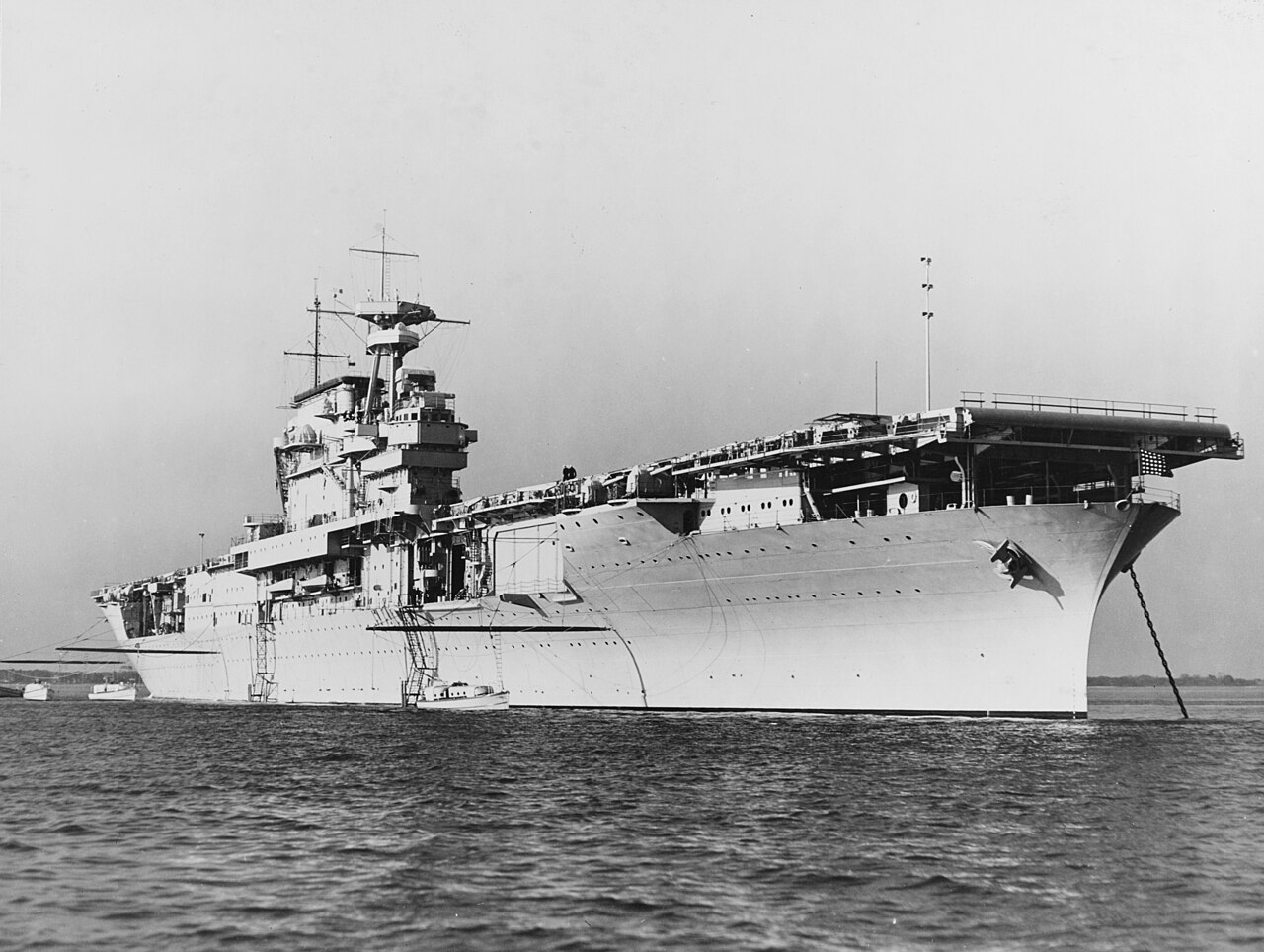
Into the Pacific Crucible
Merely days after Pearl Harbor, Yorktown, armed with its new anti-aircraft guns, sailed towards the Pacific. Now under Rear Admiral Frank J. Fletcher, it became the backbone of Task Force 17. In a series of strikes, alongside its companion, USS Enterprise, Yorktown’s aircraft made their mark on the Marshall and Gilbert Islands.
March 1942 saw the vessel flexing its muscles in the Coral Sea, retaliating against enemy landings in New Guinea. The subsequent Battle of the Coral Sea cemented Yorktown’s reputation. Despite facing damage from Japanese forces, Yorktown, under the skilled leadership of Captain Elliot Buckmaster, played a pivotal role in sinking enemy carriers.
The Final Stand at Midway
But Yorktown’s bravest hour was yet to come. Repaired swiftly after the Coral Sea Battle, the ship was summoned to defend Midway. In a fierce conflict that spanned June 4-7, 1942, Yorktown’s aircraft managed to destroy the Japanese carrier Soryu. However, the enemy retaliated, severely damaging Yorktown.
Though wounded, Yorktown’s spirit was unbreakable. Efforts to salvage the mighty vessel began almost immediately. Yet, fate had other plans. A surprise torpedo attack from the Japanese submarine I-168 left the ship beyond repair. On June 7, 1942, the indomitable USS Yorktown took its final bow, sinking into the depths of the Pacific.
The legacy of USS Yorktown remains undimmed, a beacon of valor and resilience. It stands as a testament to the brave souls who served on her deck and the indomitable spirit of the US Navy.
